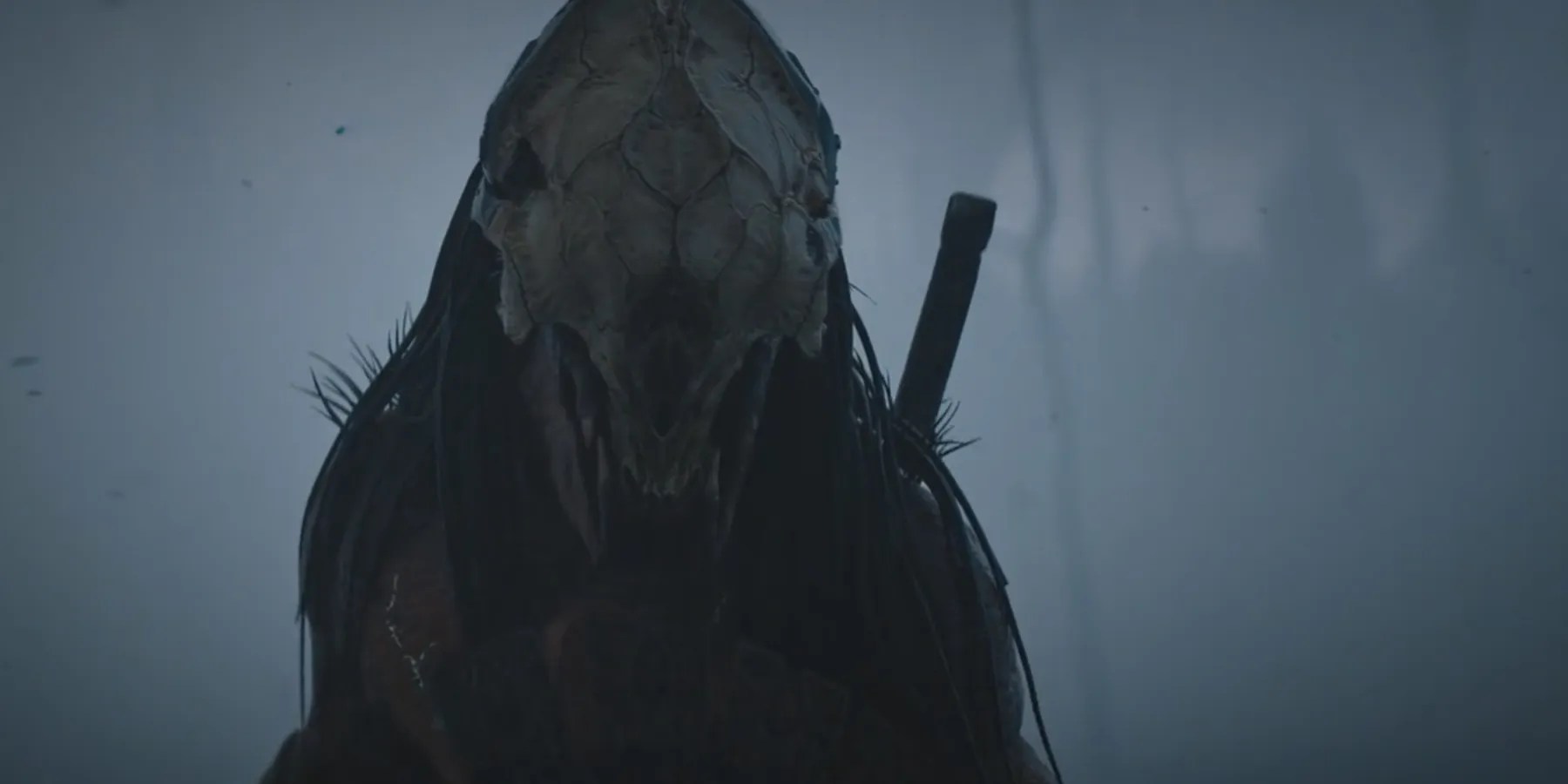Representation has always been a difficult concept throughout genre fiction and beyond. When people of color show up in old sci-fi and fantasy, it felt like a coin toss whether they’d be three-dimensional characters or lazy stereotypes. But, though looking back can reveal some content that’s aged horribly, it can occasionally reveal something interesting.
Preypits the iconic extraterrestrial hunter from the 1987 classic against a tribe of Comanche hunters in the species' first contact with humanity. It’seasily the best filmin the franchise since the original, and it’s also a huge landmark for the representation of Native Americans in cinema. Interestingly, the film is in conversation with the rest of the franchise with this move.

RELATED:Prey: 7 Great Moments In The Predator Sequel
The original 1987Predatoris a deceptively intelligent film. Aside from the somewhat weak opening moments,it feels like a moviethat deliberately tricks its audience. The marketing didn’t show off the titular Yautja’s design, nor did the poster. The first act of the film feels like any other goofy Arnold Schwarzenegger action blockbuster. Comically bad one-liners, guns the size of entire human beings, and montages of things being blown to pieces that seem to go on for hours make up the first 45 minutes or so. When the Predator appears, the tone shifts on a dime and immediately becomes a gritty slasher movie against a seemingly unstoppable foe.Director Jon McTiernan foundthe perfect balance and made something special that has stood the test of time. Along with its brilliant structure, the film features some solid characters.
AmongstMajor Dutch Schaefer’s squadronof Vietnam vets sent into Guatemala to deal with an insurgent uprising is one standout character. Billy Sole, portrayed by Sonny Landham, was a skilled and noble man who served the group as a tracker. He is of Native American, specifically Sioux ancestry. He’s the odd man out for a lot of the film. Stoic and serious-minded, he doesn’t crack jokes or show off the way his teammates do. In many ways, he seems like one of the few men on the team who is comfortable in the scenario. Billy is a gifted tracker who leads the team to their charge, but that skill-set also makes him more perceptive than a normal man. Billy is the first man to realize what the squadron is up against. Before he’s able tosee the Jungle Hunter, he knows that it’s there.

Billy Sole doesn’t survive the film. Sonny Landham wasn’t the big name of the film, Schwarzenegger was always going to be the hero who fought the Yautja one on one. However, he is the one member of the team most equipped to deal with the problem.When the Predator begins takingthe squadron down one by one, Billy refuses to be the next man to be slain. He won’t sneak around in the foliage or try to win through superior firepower. Billy chooses a different approach and nets a slightly different result. Billy Sole slashes his chest with a huge knife and stands tall to face the Predator, and he is rewarded with a fair and honorable duel. From this, mankind learned much about Yautja culture. Though Billy lost his duel, the Predator saw his act of bravery and took his skull as a trophy. Schaefer takes the lesson from Billy to lead his ambush and finally defeat the hunter.
The fight between Billy and the Predator isn’t depicted in the film. They meet for the duel, then Billy’s tragic death rattle is heard from a distance. In a movie with such a gratuitous approach to violence, Billy’s death occurs without a spray of gore. It could be argued that the level of taste on display was an act of respect for the character. One of the most interesting aspects of Billy’s presence is how the filmconnects him with the Yautja. There’s a sort of unspoken connection between Sole and the Predator, they seem to be cut from the same cloth. This implies that the Predator’s depiction is, in many ways, derived from aspects of the proud hunter archetype often applied to Native Americans in fiction.
From the earliest moments of the franchise, the Yautja took notes from pop-cultural depictions of Native American hunter-culture. The film that started it all depicted a Native American man discovering, innately understanding, and honorably dueling the villain of the title. It was this duality that inspired directorDan Trachtenberg to createPrey. The film takes what was once a side-story happening adjacent to the main narrative and makes it the real story. This level of inspired creativity allowsPreyto become an open acknowledgment of the issues of previous entries in the franchise and an elevation of a concept that was only whispered before.Preyis a masterclass in updating a long-running franchise and turning one of its most debatably challenging issues into a strength that makes it groundbreaking.